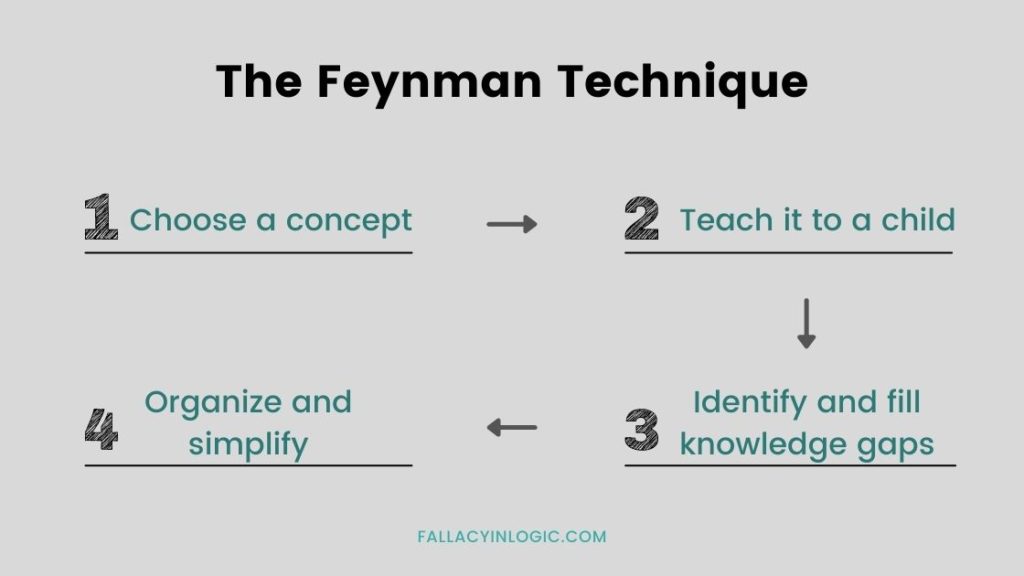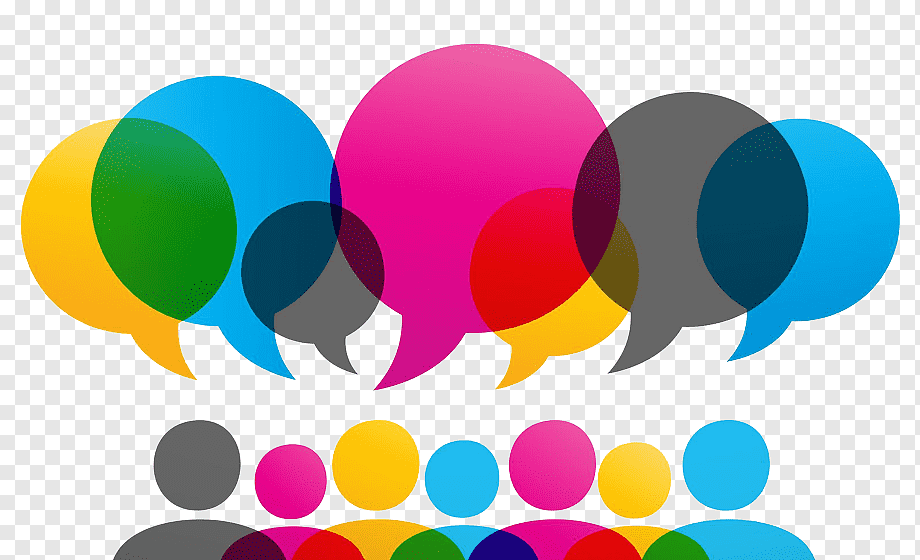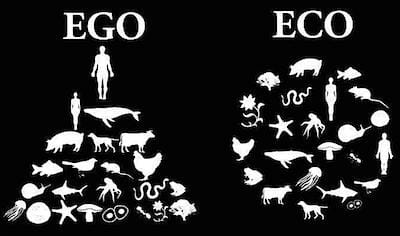Feynman Technique – Learning It Simple

It’s an easy method for studying on your own that relies on simplifying & condensing your existing knowledge. Albert Einstein stated, “you don’t know anything well if you can’t explain it to a kid.”
One of the most important physicists of all time, Richard Feynman also wrote books, created comic book heroes, was a brilliant thinker, and had a deep philosophical outlook.
He paved the way for a new scientific discipline—quantum electrodynamics.
For the first time, the mysterious behaviour of subatomic particles could be represented graphically in the 1940s thanks to his development of the Feynman Diagram.

In 1965, he was awarded the Nobel Prize in physics for his contributions to the study of how light interacts with matter.
The disciplines of nanotechnology, quantum computing, and particle physics have all benefited from his efforts.
His findings and explanations were essential in determining what went wrong with the Challenger space shuttle in 1986.
He was working on the atomic bomb at Los Alamos when he decided to pass the time by finding out how to crack the safes containing classified information.
He translated Mayan hieroglyphics.
The term “The Great Explainer” was coined to describe him after he consistently showed an exceptional capacity to articulate seemingly intractable concepts in clear, simple language. He has made a name for himself in the scientific community because of his clear and concise explanations of complex topics. Einstein, then a PhD student, was in the audience for one of Feynman’s talks, and Bill Gates later dubbed him “the finest teacher I never had” because of his innovative approach to teaching. After buying the rights to Feynman’s lectures, Gates put them on a video channel he called “Tuva,” after Feynman’s famously failed attempt in his later years to visit the Russian area.
The Technique

When you need to understand or relearn a subject fast, the Feynman Technique might help you by providing a straightforward explanation of the idea.
Feynman came up with this method to help him learn better while he was a student at Princeton.
It’s a four-step method that may be applied to any subject. This strategy doesn’t focus on memorizing things by heart. Instead, it focuses on paying close attention, investigating, writing, explaining, and refining.
- Select a topic you want to study. Choose an area of interest and write it down at the top of a notebook page.
To better comprehend a topic, put your thoughts on paper as if you were explaining it to a kid.
You should update your sheet with new information as you gather it. By using a different colour pen, you can see how far you’ve come as a learner.
- Educate oneself or another person about the subject. As though you were explaining something to yourself, write down what you know about the subject.
If you believe you grasp a subject well, try explaining it to a child. To simplify things, use your sheet as a guide and remove jargon. Don’t get fancy; stick to plain language instead. Use simple language that even a kid can grasp.
- Locate the gaps in your understanding. If you get stuck, read the original text again. Fill in the blanks in your knowledge by returning to the source material, be it a book, lecture notes, etc.
When compiling your notes into a coherent narrative, highlighting knowledge gaps can be useful.
Only when you’ve taken the time to communicate the concept to someone else can you really get it.
- Use analogies and straightforward language to explain complex concepts. Condense your notes and explanations until the point is crystal clear. You should also consider using obvious analogies.
Put pen to paper and start writing your story. Construct a story from your notes, using just the most essential details. Concentrate on putting together the most important aspects of your understanding of the subject.
Get into the habit of reading your work aloud. Make like you’re telling the tale to a group of kids at school. This will allow you to pick up on the points at which the language becomes complex. Fragmented mental processes may manifest as stumbling.
Example
This one sentence below by Feynman sums up the effectiveness of the method well. What began as an inquiry into our own existence has been reduced to a phrase even a child can grasp.
“All things are made of atoms—little particles that move around in perpetual motion, attracting each other when they are a little distance apart, but repelling upon being squeezed into one another.”
According to Feynman, knowing that everything is composed of atoms is the most fundamental scientific fact to know, even if you know nothing about physics. The essence of our universe is conveyed by Feynman in a single statement. Not just scientific writers, but authors of any genre, will benefit from this book. Reduce the number of words necessary to state the hypothesis. Get the point across without using unnecessary words.
You can do anything with just a notepad and the Feynman Technique. How will you do it?
Reference
https://www.gatesnotes.com/Education/The-Best-Teacher-I-Never-Had
https://blog.doist.com/feynman-technique/
https://medium.com/taking-note/learning-from-the-feynman-technique-5373014ad230



